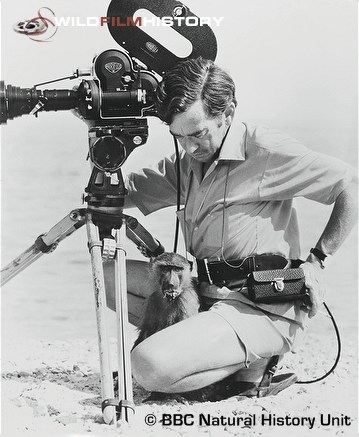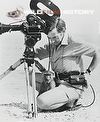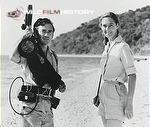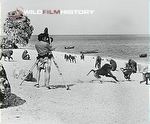Hugo van Lawick

For more than thirty years, Hugo van Lawick lived and worked alongside the wildlife of the African plains, filming many of the animals that live there and becoming an expert on the behaviour of such species as: African wild dogs, leopards and wildebeest. Hugo's individual style of cinematography placed an emphasis on the individual, where possible, and while contemporaries were concentrating on obtaining portrait shots, he paid particular attention to the lighting of his subject and documenting action.
Hugo began his career in 1957 working with a Dutch film company that made commercials, before moving to Africa with the hope of fulfilling his desire to film wildlife. After working for Armand and Michaela Denis for a while in the early 1960s, Hugo was suggested as a cameraman to the National Geographic Society by the famous archaeologist Louis Leakey, a working relationship that was to last for more than five years.
It was the National Geographic Society who first sent Hugo to The Gombe Reservation in Tanzania to make a lecture film. This led to his study of three generations of chimpanzees that lasted over twenty years, culminating in his film People of the Forest, and also introducing him to his wife and collaborator for many years, Jane Goodall.
In 1968, Hugo became an independent producer and cameraman, and moved towards filming for the cinema screen, which he felt was a better medium to display the incredible sceneries and large numbers of animals of the Serengeti. His aim was to get people emotionally involved with the animals that he filmed, thus turning them into conservationists.
Hugo van Lawick won eight Emmy awards for his films and in 1992 was appointed Officer in the Order of the Golden Ark, which is awarded to the world's most distinguished conservationists. Hugo was awarded the Panda for Outstanding Achievement at Wildscreen 2000.







